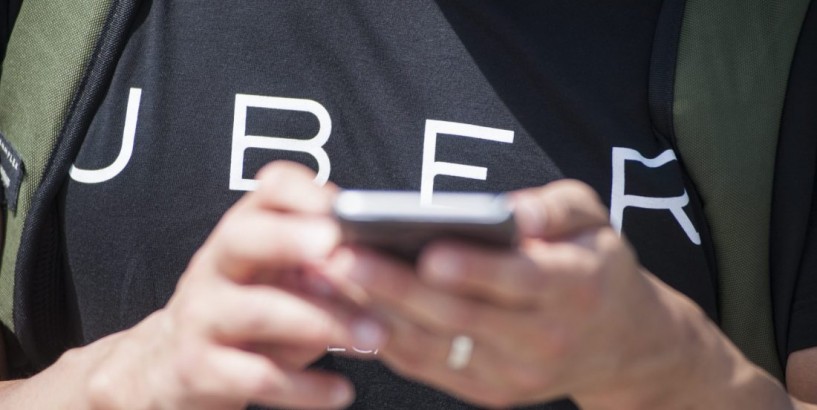The killing of a college student in South Carolina by a man posing as an Uber driver has brought the issue of mobile predators to national attention.
Often it is older people, lacking in digital literacy, who fall prey to the latest scams, but the victims of attackers posing as drivers from ride-hailing services have been younger people, primarily female.
The victims typically are out at a bar or party, have been drinking alcohol and use an app like Uber or Lyft to summon a ride. Intoxicated people should not drive themselves, of course, but the effects of alcohol dull their senses and make them easier marks for potential criminals. Your parents’ warnings about not getting into a car with strangers still apply; ride-hailing apps are a fine convenience, but anyone using them needs to stay vigilant and follow some safety protocols.
The University of South Carolina is promoting a campaign called “What’s My Name,” to help students say safe. Samantha Josephson, from Robbinsville, N.J., was a senior at South Carolina, with plans to attend law school in the fall. Her body was found hours after she entered a car at 2 a.m. after a night out with friends in Columbia, S.C. A man named Nathaniel D. Rowland is facing charges of kidnapping and murder, accused of picking up Josephson while posing as an Uber driver.
“Say my name” is one of the tips passengers should use to stay safe. Ask the driver who they are coming to pick up, rather than volunteering your name.
Some other suggestions:
• Before getting into the car, use the Uber or Lyft app to check the license plate and description of the car, to make sure it matches the actual vehicle.
• If the app provides a photo of the driver, check that it matches the person behind the wheel. Ask the driver’s name and be sure it matches the one given on the app.
• Sit in the back seat whenever possible. This gives the passenger more personal space and makes it easier to exit on either side of the car.
• Ride-sharing apps usually include a “Share Status” option that you can use to let a friend know details of your trip. Use it.
• If you suspect danger, call 911. Uber provides an emergency button that connects to 911.
A community activist in South Carolina, Sydney Ford, started a petition urging the ride-hailing companies to use QR codes, to verify the drivers’ and riders’ identities. Ford graduated from the same university as Josephson.
“It’s so easy to just buy an Uber or Lyft sticker or light online and pretend to be an Uber,” Ford told BuzzFeed News.
Anyone leaving a bar on Chippewa Street, Elmwood or Hertel avenues, or elsewhere, needs to be aware of potential predators.
The New York Times reported on a 30-year-old woman, Carla Westlund, who says she was raped in Los Angeles after getting into a car with a man she mistakenly thought was her Uber driver.
There have been various media reports of crimes or attempted crimes with fake ride-hailing drivers in Connecticut, Chicago, Las Vegas and Tuscaloosa, Ala., to name a few.
Some reading about the death of the South Carolina college student will vow never to use a ride-hailing service, but that would be an overreaction. Hailers are going to hail, but they can take steps to stay safe while doing it.
University of South Carolina President Harris Pastides has been a leader in promoting the “Say my name” campaign.
“I think we owe it to the college population in the U.S. because this will happen again if we don’t follow safety precautions,” he said.









